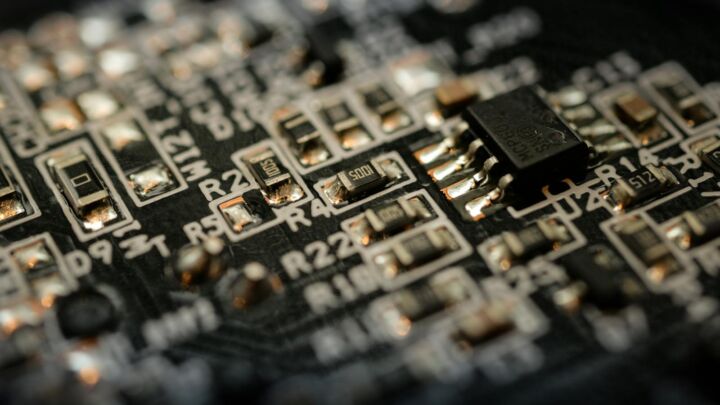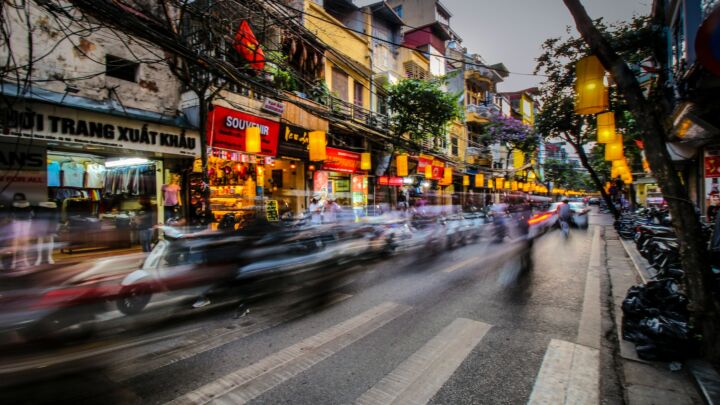TNGlobal Insider
What to expect from the semiconductor industry in 2026
Market growth for semiconductors is expected to continue unabated. The technology is too deeply embedded in society to remain stagnant, as demand requires it to execute more and faster every year. These trends will shape 2026, along with many unforeseen disruptions to surprise stakeholders. Preparing for the unexpected is crucial for market adaptability,…
December 24, 2025
The next trillion-dollar industry in the age of AI
The AI revolution is advancing quickly, and new forms of employment, education, and social order are already taking shape. To me, this is not merely a labor market crisis—it is a global experiment in how humanity can coexist with AI, a question that we must all take part in answering together.
December 23, 2025
TNGlobal Insider,Opinion,EdTech
The future belongs to the confident child: Why preschools must look beyond early coding
The future will not belong to the children who learned to code the earliest. It will belong to those who can communicate clearly, adapt confidently, collaborate meaningfully, and persist through uncertainty.
December 22, 2025
How AI is helping consumers shop ‘til they drop this holiday season
Real retail success with AI hinges on the quality and speed of the data feeding those AI systems. For AI to deliver on the promises of optimized pricing, flawless supply chains, and personalized customer journeys, it requires a constant, contextual stream of data from every part of the enterprise – from warehouse sensors and supplier systems to in-store…
December 19, 2025
TNGlobal Insider,Opinion,Singapore
Beyond the HQ Hub: How Singapore can remain relevant in a world of job hugging
Treating job hugging as a passing morale issue would leave workers and firms underprepared for the economy Singapore is already becoming.
December 18, 2025
Why Southeast Asia’s startup failures are structural, not cyclical
Southeast Asia has already shown it can produce breakthrough companies. The next challenge is producing companies that endure. By improving how ventures are designed, governed, and led, the region can build an innovation ecosystem that isn’t defined by cycles—but by resilience.
December 16, 2025
TNGlobal Insider,Blockchain / Crypto,FinTech,Opinion
Three years after the FTX collapse, did we really learn?
The industry needs to move beyond short-term fixes. Proof-of-reserves snapshots are insufficient because they rarely reveal liabilities. Risk models should be documented with clarity comparable to traditional derivatives markets. Platforms must adopt incident-reporting frameworks that provide users with timely, specific information rather than controlled…
December 15, 2025
TNGlobal Insider,AI,Opinion,Singapore
Empowering Singapore’s SMBs to build an AI-ready IT foundation for growth
Singapore’s SMBs are at a pivotal moment. The question is no longer whether to embrace AI, but how to build the foundation that makes its adoption practical, scalable, and impactful. By simplifying modernization, strengthening resilience, and adopting flexible consumption models, SMBs can move confidently toward an AI-ready future.
December 12, 2025
TNGlobal Insider,Opinion,Philippines
Navigating power resilience amidst the Philippipnes’ energy transition
Ultimately, the Philippines faces a complex challenge: meeting ever-increasing energy demands, driven partly by global warming and rapid urbanization, while simultaneously integrating more renewable energy sources.
December 11, 2025
Will AI help close the global cybersecurity skills gap?
Innovations in AI and machine learning can support the global cybersecurity workforce by providing advanced insights and automating security tasks. However, they also have the potential to lower human critical thinking and aid cybercriminals in developing more sophisticated attack methods. Tech innovators and business owners must consider both the potential…
December 11, 2025
Lendela appoints new Singapore Country Manager and Head of Marketing
December 24, 2025
Lendela appoints new Singapore Country Manager and Head of Marketing
December 24, 2025













